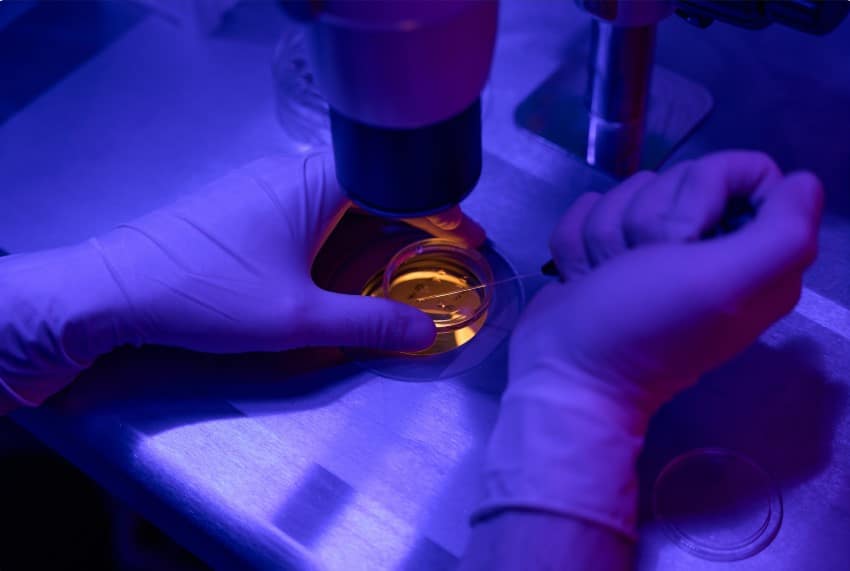
Embryo transfer is a crucial step in fertility treatments, leading many to ask: How is it done? Does transferring more embryos increase success rates? And who decides the number of embryos to transfer? Let’s explore these key points.
Embryo transfer involves placing fertilized embryos into the uterus. These embryos are cultured in a laboratory until they reach the blastocyst stage (day 5-6 of development).
✔️ The patient arrives with a half-full bladder, improving ultrasound visualization and uterine positioning.
✔️ The painless procedure takes about 10 minutes and does not require anesthesia.
✔️ The specialist uses a catheter to carefully place the embryos into the uterine cavity.
In Cyprus, regulations limit the number of embryos that can be transferred per cycle. These restrictions aim to:
✔️ Maximize pregnancy success rates.
✔️ Minimize health risks associated with multiple pregnancies.
✔️ Ensure safety for both the mother and the baby.
🔹 Embryo Quality – The most critical factor in determining IVF success.
🔹 Number of Embryos – Transferring multiple embryos may increase implantation chances but also raises the risk of multiple pregnancies, which can pose health risks.
Thanks to advancements in embryology, specialists can now select the highest-quality embryos, ensuring excellent success rates with fewer embryos transferred. This prioritizes the safety of both the mother and baby.
The decision is a collaborative process between the doctor and the patient:
✔️ The specialist provides personalized recommendations based on medical history and fertility goals.
✔️ The patient is actively involved in the decision-making process.
✔️ The final approach is designed to maximize success while ensuring safety.
If you have questions about embryo transfer or need expert guidance on your fertility journey, contact Sakalli IVF today. Our experienced team is here to provide personalized care and expert advice tailored to your needs.
Copyright © Sakalli IVF. All rights reserved